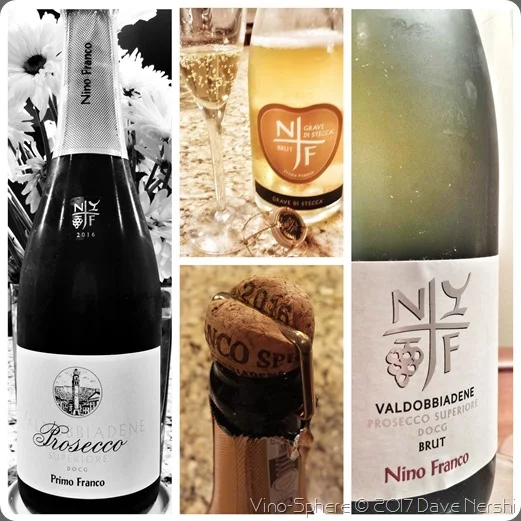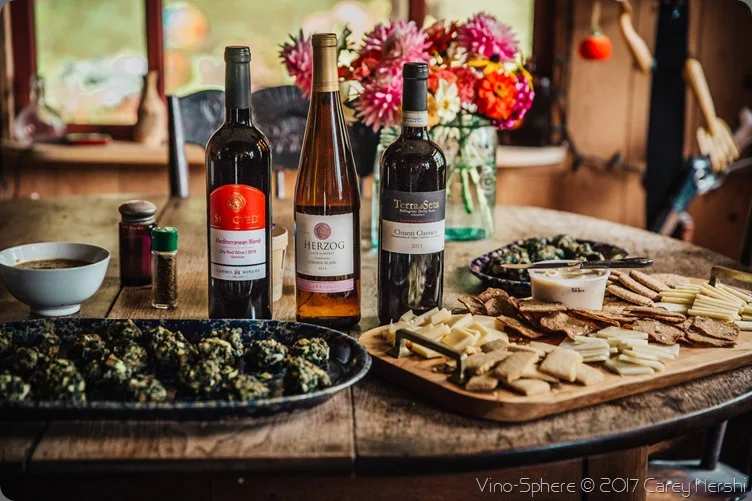The Jewish Museum of Florida-FIU Presents Ruth Gruber: Photojournalist
Ruth Gruber: Photojournalist is a new exhibition on view Oct. 16 - Jan. 7 at the Jewish Museum of Florida-FIU in Miami Beach. It celebrates the remarkable life, vision, and heroic tenacity of a twentieth-century pioneer and trailblazer, and is the show's southeastern U.S. premiere.
Once the world’s youngest PhD, Ruth Gruber passed away recently at the age of 105. The show features more than 60 photographs including gelatin silver prints plus an archival trove of personal letters, telegrams, printed magazines, and assorted ephemera documenting the artist’s career.
The photographs in this exhibition span more than fifty years, from Gruber’s groundbreaking reportage of the Soviet Arctic in the 1930s and iconic images of Jewish refugees from the ship Exodus 1947, to her later photographs of Ethiopian Jews in the midst of civil war in the 1980s. The museum is located at 301 Washington Avenue, in the heart of Miami Beach’s historic Art Deco District.
Dunham Releases Fall Wines
Dunham Cellars of Walla Walla has announced its fall release wines. That includes 2014 Trutina, a $29 blend of 44% Merlot 38% Cabernet Sauvignon 10% Malbec and 8% Cabernet Franc. Two other reds are being released: 2014 Cabernet Sauvignon XX ($45) and 2015 Three Legged Red ($19)
Michter’s To Release $800 Bourbon
Michter's Master Distiller Pamela Heilmann has approved the release of
Michter's 25 Year Kentucky Straight Bourbon to the company's distributor network for sale this November. The 2017 release marks the first bottling of Michter's 25 Year Bourbon since 2008. he proof of this 2017 release is 116.2, and the suggested U.S. retail price for a 750ml bottle is $800.
Breaking Ground Selected as Beneficiary at MICHELIN Guide and Robert Parker Wine Advocate Event in New York City
Michelin and
Robert Parker Wine Advocate are pleased to announce that New York non-profit, Breaking Ground, will receive the proceeds from a live auction to take place on Oct. 30. The auction is a component of a gala event, hosted by Michelin and
Robert Parker Wine Advocate at the Ziegfeld Ballroom.
Attendees will have an opportunity to bid on unique travel and leisure experiences from Michelin and other participating sponsors. Since 1990, Breaking Ground has provided permanent, safe, and affordable housing and services for individuals and families who are homeless or at risk of becoming homeless. ickets and information about the gala dinner are available on the website:
MichelinGuideGala.com
Fall surge in wine sales continues with October Signature Sale set to exceed $2 million Oct. 13-14 in Beverly Hills
More than 1,300 lots of the best of Burgundy, Bordeaux and more are poised to surpass $2 million when the gavel falls Oct. 13-14th in Heritage Auctions’
Fine Wine Auction in Beverly Hills, California, simulcast to Hong Kong. Riding the wave of momentum generated by Heritage’s September Single Owner Sale,
The Romulus Collection: Rare Burgundy from a California Gentlemen which was 100% sold at nearly double its presale estimate, the October auction will feature 250 lots of First Growth Bordeaux, 40 lots of Domaine de la Romanée-Conti and 30 lots of Screaming Eagle, among others.
“The Wine market has been very strong through the spring and summer, leading to some exceptional results at our previous auctions,” Heritage Auctions Fine and Rare wine Senior Director Frank Martell said. “We expect that trend to continue at this event.”
Several important private collections are featured in the October sale, including one owned by Tennessee Titans owner Bud Adams. A noted philanthropist and businessman, Adams is an ardent wine collection and several lot lots such as
Château Lafite Rothschild 1982 Bottle (12) (est. $22,000-30,000) are on offer.
Mysterious Musqué Clone – Once Near Extinction – Finds Its Revival
The grape growers and winemakers of the
Arroyo Seco AVA, a cool climate growing region in Monterey County, California, have revitalized the once popular Musqué clone of Sauvignon Blanc, a clone which nearly fell into extinction. Today, the Musqué clone is not only surviving but thriving in the Arroyo Seco AVA, where it’s surpassed only by Chardonnay and Pinot Noir in total acreage. Napa, Sonoma and Mendocino have all taken note and are producing varietals from the clonal lines of the Arroyo Seco AVA.
The Arroyo Seco AVA benefits from a distinctive climate: plenty of sunshine and direct exposure to the Pacific Ocean, making it an ideal region for growing cool climate grapes that benefit from long hang times. he Musqué clone was imported to the area from the Viticoles d’Arboriculture at Pont-de-la-Maye in the Gironde region of France in the early 1960s by University of California at Davis’ Dr. William Hewitt. It was then popularized by Ventana Vineyards’ Doug Meador, who discovered that the Musqué clone did not show excess vegetal character in the cooler climate of Monterey County.
While it was once an established variety in the area, the clone eventually fell out of popularity due to the increase of Chardonnay and Pinot Noir plantings. With 420 acres planted, 5% of the Arroyo Seco AVA is now dedicated to the variety.
Recent Heat Wave Makes for Exceptional Grape Harvest at Debonne Vineyards
The recent heat wave was a blessing for the grapes and for all the area grape farmers in Ohio’s Grand River Valley.
Debonne Vineyards, Ohio's largest estate winery has over 160 acres of grapes in the region. Their team of workers began September 19
th, 7 days a week until all the grapes were picked, many of those days from sun up to sun down. Gene Sigel is the vineyard manager for Debonne Vineyards and Grand River Cellars as well as owner of South River Vineyards. "The recent spell of exceptionally hot, dry weather in September has been like a gift from a fairy godmother," states Mr. Sigel. "Earlier in September we thought the grapes were on the verge of disaster with excessive acidity and low sugar creating a lack in characteristic flavor. The heat wave has allowed the grapes to dehydrate and accumulate sugar and develop the intense flavors and characteristics of our best vintages."











